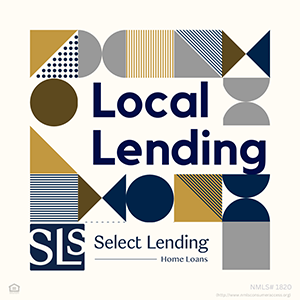
Big Issues to Consider Before Buying a Tiny Home
Owning a tiny home can leave you debt-free, but it can still have some big costs.
Buying a tiny home can be a way to get out from under the burden of a home loan—or at least lead to a smaller mortgage—but there are other costs buyers should know about before they find the tiny house of their dreams. Here are some:
Zoning laws: Laws vary by local, county and state zoning regulations, so start by looking up the regulations in your state that’s offered by the American Tiny House Association.
Some laws have a minimum square foot requirement for new houses on foundations, may not allow a tiny house in the back yard of an existing home, and have a time limit for “camping” on private land.
If the land you want to settle on doesn’t meet all of the zoning requirements, you may not be approved for a loan.
Building costs: A tiny house may not cost as little as you imagine it will. A tiny house can cost $15,000 to $80,000 or more, depending on if you’re buying it yourself or paying a builder for a custom-built tiny home. And if you want extras added or high-end materials, expect to pay more.
Financing options: Tiny homes may not qualify for traditional mortgages if they don’t meet minimum loan amounts. Instead, borrowers can use recreational vehicle, or RV, loans that are unsecured, fixed-rate mortgages with payoffs in two to seven years.
While these loans don’t have application fees or closing costs, then can have higher interest rates that traditional home loans and can be capped at $100,000. They’re also not tax deductible.
Another option is to find a lender that specializes in tiny home loans and is willing to fund a loan for less than $100,000 for a home that isn’t built on a permanent foundation.
Extra costs: Building a tiny home can include such costs as buying a parcel of land, construction costs, solar panels, furniture, landscaping and ongoing maintenance.
The good news is that if you’re using an RV loan, the money can be spent however you choose and not just on purchasing a tiny home. The money can be used to buy smaller furniture to fit in the tiny home, special building materials you may want to make the home more energy efficient, and to start a maintenance fund.




